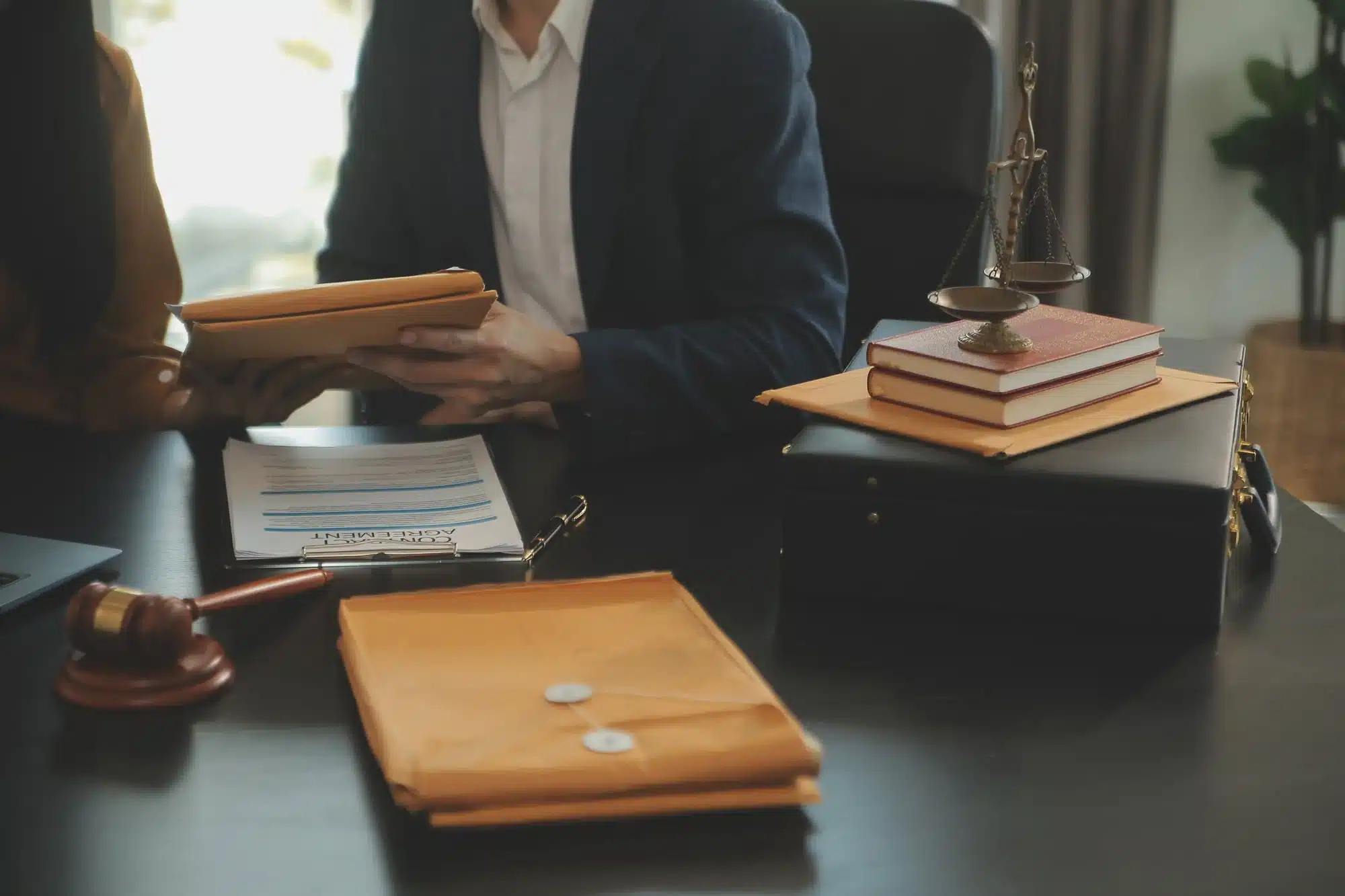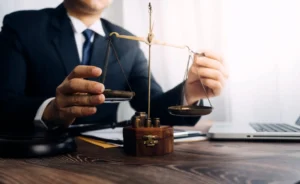Filing for bankruptcy is often viewed as a last resort for those overwhelmed by debt. I like to look at it as a proactive step towards regaining financial stability. As an Erlanger, Kentucky bankruptcy attorney, I’ve guided thousands of clients through this intricate process.
It is scary for many, at least at first. But I believe by providing the right information, we can demystify the bankruptcy process, explaining important details about what it is and what it is not.
As a start, I outline a step-by-step guide to the bankruptcy legal process here, tailored specifically to those considering this option in Kentucky.
Key Takeaways:
- The bankruptcy process aims to provide a fresh start for people and businesses struggling with burdensome debts.
- When considering bankruptcy, it’s vital to consult with a local bankruptcy attorney to explore your options thoroughly and ensure that you're taking the best path forward for your financial future.
Table of Contents
- The Bankruptcy Legal Process
- Step 1: Visit an Experienced Bankruptcy Attorney
- Step 2: Evaluate Your Financial Situation
- Step 3: Obtain Credit Counseling
- Step 4: Determine the Appropriate Chapter
- Step 5: Filing the Bankruptcy Petition
- Step 6: Work with a Trustee
- Step 7: Attend the Meeting of Creditors
- Step 8: Address Secured Debts
- Step 9: Chapter 13 Confirmation Hearing
- Step 10: Complete a Debtor Education Course
- Step 11: Receive Your Discharge
- Talk to the Best Erlanger, KY Bankruptcy Attorney
The Bankruptcy Legal Process
Step 1: Visit an Experienced Bankruptcy Attorney
The first step in this process is to visit an experienced bankruptcy attorney. Navigating the complexities of bankruptcy law successfully requires professional legal guidance. There are many other benefits that come with legal guidance as we’ll observe.
Ultimately, consulting with an attorney at the outset, when considering bankruptcy can ensure that you are making informed decisions, complying with all legal requirements, and positioning yourself for a successful outcome.
Step 2: Evaluate Your Financial Situation
Your attorney will help you conduct a thorough assessment of your financial situation. This includes listing all your debts, assets, income, and expenses. A detailed review helps determine if bankruptcy is necessary or if there are viable alternatives. Kentucky residents may find certain state-specific exemptions that could influence this decision.
Step 3: Obtain Credit Counseling
Federal law requires that you complete credit counseling with an agency approved by the United States Trustee’s office within 180 days after the filing date. The counseling is designed to ensure you understand all your financial options, including alternatives to bankruptcy.
Step 4: Determine the Appropriate Chapter
The most common forms of personal bankruptcy are Chapter 7 and Chapter 13. Your attorney will help you select the best chapter to file based on your specific circumstances.
- Chapter 7 (Liquidation Bankruptcy) — Suitable for those who do not have significant assets and who pass the means test, which compares your income to the median income in Kentucky.
- Chapter 13 (Reorganization Bankruptcy) — Best for individuals who have a regular income and wish to keep their assets. It allows you to reorganize your debts and pay them off over a three to five-year period.
Your attorney will help you select the best chapter to file based on your specific circumstances.
Step 5: Filing the Bankruptcy Petition
Your attorney filing the bankruptcy petition on your behalf is a critical step that puts an immediate hold on creditors’ attempts to collect what you owe them (this is known as an automatic stay). The petition includes various forms (schedules) where you disclose financial details such as your debts, assets, recent financial transactions, income, and expenses.
Step 6: Work with a Trustee
Upon filing the bankruptcy petition, the court appoints a trustee. In a Chapter 7 case, the trustee’s role is to oversee the sale of your non-exempt assets to pay your creditors. In a Chapter 13 case, the trustee manages the repayment plan, collecting payments from you, and distributing them to creditors.
Step 7: Attend the Meeting of Creditors
Also known as the 341 meeting, this is a short, mandatory meeting where creditors may ask you questions about your bankruptcy forms and finances. While creditor attendance is rare, the trustee will question you to ensure everything has been reported accurately and completely.
Step 8: Address Secured Debts
In bankruptcy, secured debts (like a car loan or mortgage) must be dealt with explicitly. With the help of your attorney, you might choose to reaffirm the debt (agree to continue paying it under new terms), redeem the property (pay its current value in a lump sum), or surrender the property to the creditor.
Step 9: Chapter 13 Confirmation Hearing
For those filing Chapter 13, you’ll attend a confirmation hearing where the judge either approves or rejects your repayment plan based on its feasibility and compliance with bankruptcy laws.
Step 10: Complete a Debtor Education Course
Before your debts can be discharged, you must complete a debtor education course from an approved provider. The course is intended to help you manage your finances better after bankruptcy.
Step 11: Receive Your Discharge
Chapter 7 — Most debts are discharged about four to six months from the filing date.
Chapter 13 — Debts are discharged once you complete all payments under your plan, typically after three to five years.
Talk to the Best Erlanger, KY Bankruptcy Attorney
At W. Ron Adams Law, we understand the pressures of financial turmoil and the weight of uncertainty. It’s time to reclaim your peace of mind with a bankruptcy attorney who stands by you every step of the way.
For over 33 years, W. Ron Adams has helped thousands of clients navigate the bankruptcy process and can do it for you too. Schedule your free consultation and start your journey back to financial stability.







